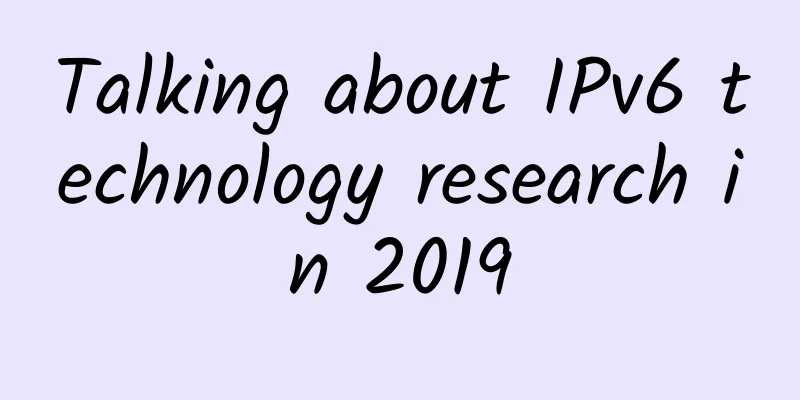The difference between edge computing and distributed computing

|
Edge computing focuses on placing computing and storage resources outside of the enterprise data center, in or near the branch office. But edge computing is different from traditional decentralized computing. Edge computing is driven by the Internet of Things and will grow as 5G services become more popular. CIOs need to understand what is driving edge computing strategies to avoid recreating the branch IT problems that data center consolidation is designed to solve. Edge computing is different from traditional distributed computing in terms of motivation, technology, architecture, and management concepts. Traditional distributed computing stems primarily from ownership and control issues, where lines of business in branch offices want IT resources that they control and, because of this need, minimize the use of WAN network links. In contrast, the edge computing strategy assumes that centralized delivery is the norm and that sufficient bandwidth will be available to provide services; it places compute and storage resources in colocation facilities at or near enterprise branch offices, solely to meet the functional requirements of a specific use case.
Latency and Bandwidth In fact, edge computing is becoming more and more popular now because we are entering an era of tasks that require very short response times or require digesting very large data sets, and it is more practical to do the analysis locally - or both. The Internet of Things is driving most of these use cases. IoT applications include real-time control of high-speed production lines or automatic control of driverless vehicles (for example, in a warehouse), which may require sub-millisecond response times and large-scale data analysis needs. But the edge computing strategy goes beyond just fixing servers and storage at or near branch offices; it focuses on creating a centrally managed but physically distributed infrastructure that supports automated/autonomous operations. Edge computing is based on cloud-based infrastructures that enable both fully centralized management and automated operations. In a converged or hyper-converged infrastructure, computing and storage resources require minimal human intervention to be put into production. In a private cloud, most configurations and all utilization of these resources are centrally managed. Extending the cloud paradigm to an edge computing model makes it as simple as possible for IT to configure each site and then add more resources if necessary; such plug-and-play components require minimal technician time and effort because they are automatically discovered and put into use. At the same time, professional support for enterprise edge computing is driving the development of new products in this area (for example, products that provide smaller form factors, consume less power or generate less heat so that they can be placed in small cabinets or wiring closets). Rethinking branch networks and the edge IT leaders are already working on use cases that functionally justify edge computing, and they can also use edge computing strategies as a means to change the economics of their branch networks to justify edge computing strategies financially. When a strong platform is built for localized computing, IT departments can use it to reduce WAN work (no longer transmitting large data flows to other places) and reduce the performance requirements of the WAN because critical response times are achieved through edge resources. This may allow IT teams to reduce their site connectivity expenses, especially on multi-protocol label switching services. Edge infrastructure can also support Internet and security center functions, reducing the work of other branch offices, in addition to the central data center and the security core and Internet links. Edge computing is only now beginning to gain traction with a broad range of enterprises, and we are beginning to see use cases converge with technology availability to make it a practical, sustainable option. Most enterprises don’t have use cases for edge computing yet, but more are every year driven by IoT and analytics projects. |
>>: SD-WAN is about to dominate edge networks
Recommend
How high is the spectrum efficiency of 5G?
[[352550]] This article is reprinted from the WeC...
RepriseHosting: Seattle servers from $27.97/month - L5640/16G memory/1TB or 240G SSD/1Gbps bandwidth
RepriseHosting is a foreign hosting company found...
Four tips for network capacity planning and configuration
When designing an enterprise network, there is a ...
5G Development Trend Survey
Overview The COVID-19 incident in 2020 did not we...
Three-year pilot licenses have not yet been issued, and the road ahead for virtual operators in 2017 is still difficult
[[177571]] On December 1, the real-name system wa...
How much do you know about the legendary network speed limit?
1. Recently, many people have said that the unlim...
Breaking news: UnionPay is going to be the first to “recruit” WeChat and Alipay?
Recently, a plan for WeChat and Alipay to connect...
Most enterprise networks cannot handle big data loads
Enterprise IT can't keep up with the growing ...
How will 5G impact the video surveillance and physical security industries?
[[407162]] It’s been a few years, but 5G (fifth g...
Will the 6G market size exceed $1 billion in 2028? What are its typical features and potential applications?
Industry experts point out that 6G will achieve s...
GSMA releases world's first new 5G network guidelines
GMSA and China Telecom have released new guidelin...
After reading this article, you will regret not visiting the exhibition area of Huawei Eco Partner Conference 2019
[51CTO.com original article] After reading this a...
How is Instagram expanding its infrastructure across the ocean?
【51CTO.com Quick Translation】In 2014, two years a...
[5.1]BGPTO: Japan server $64/month, E3-1230v3/16GB/480G SSD/20M Softbank line
BGPTO is promoting a dedicated server in Tokyo, J...
In 2020, who will break out in the 5G era?
In June 2019, the Ministry of Industry and Inform...









